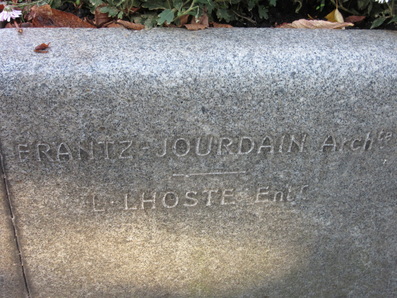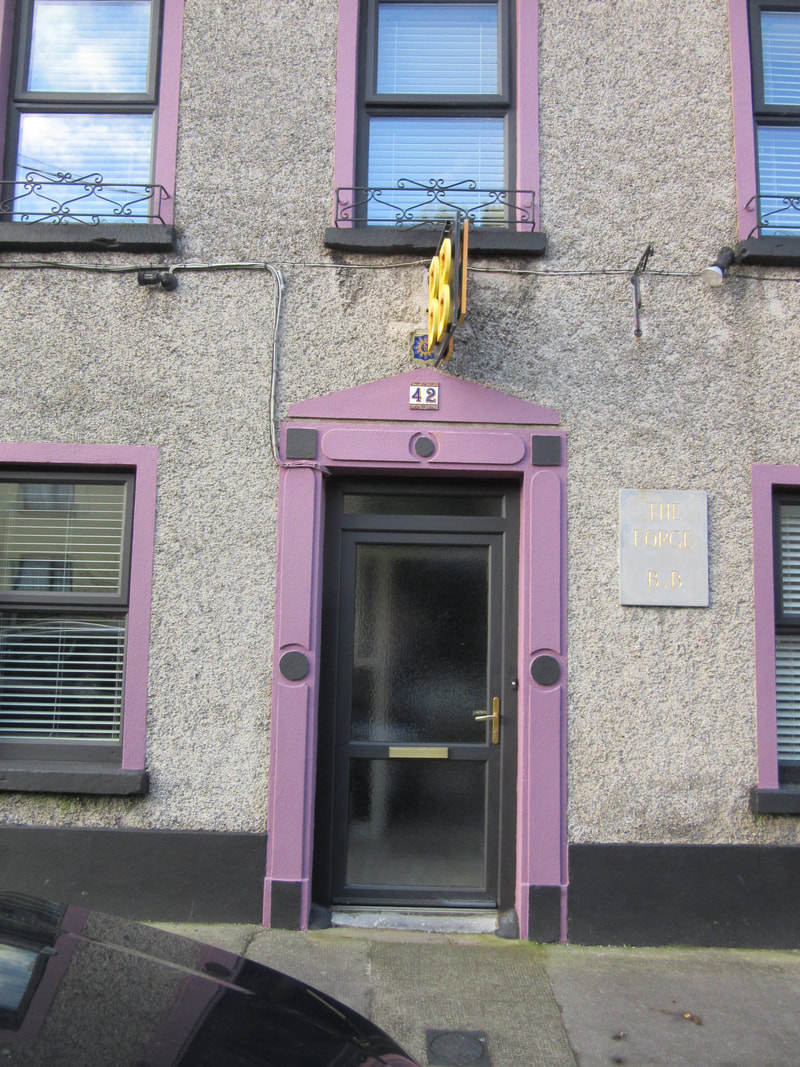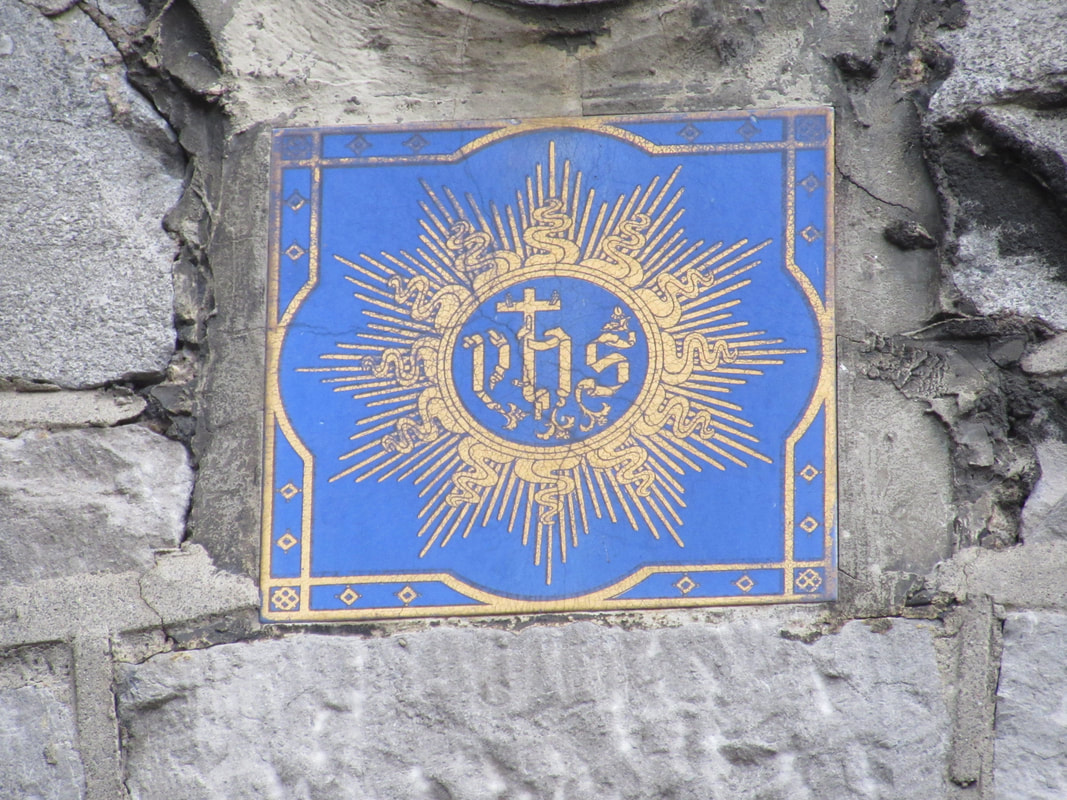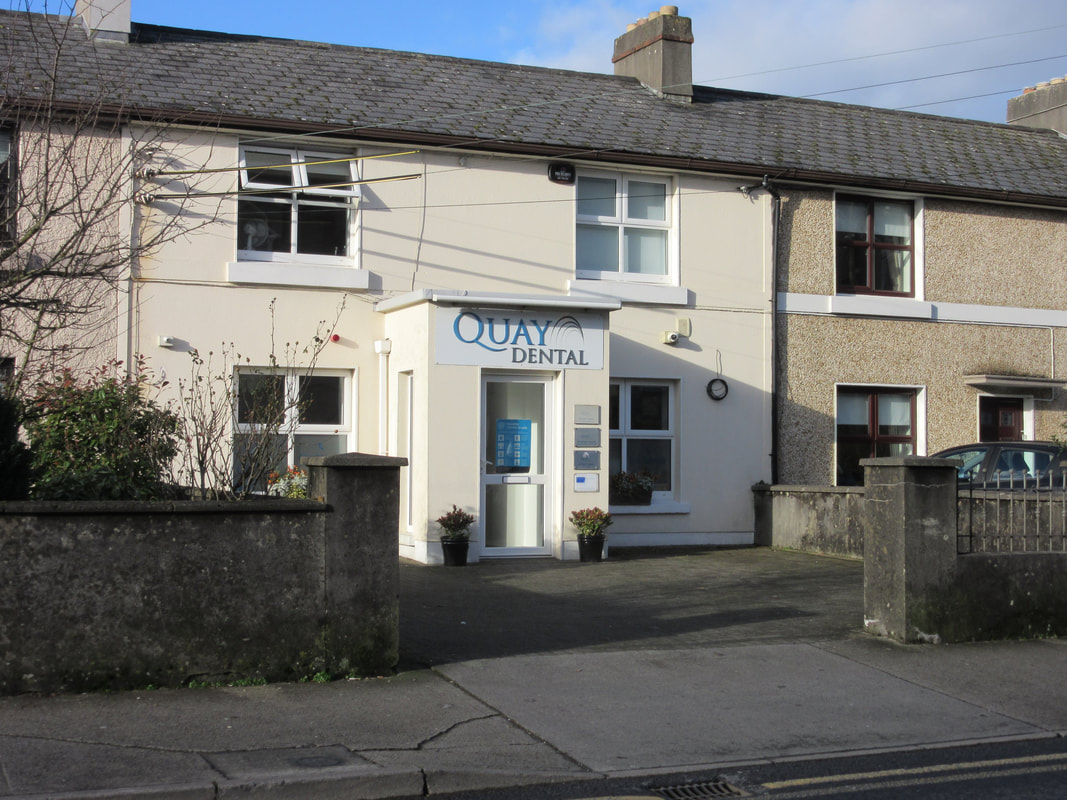| The first time I noted the name of an architect engraved on a headstone was in Crosshaven on the Bank Holiday Monday last week – that is the name engraved as the designer as opposed to the resident. We went searching for the headstone designed by Seamus Murphy, the only one in St. Patrick’s graveyard in Crosshaven. It was made to mark the grave of former labour T.D., Dan Desmond, who died in 1964. His wife, Eileen, took up residence in 2005, thirty years after Seamus Murphy died. I very much like the form and the shape of the memorial – appropriate to the proximity to the sea. Patrick McSweeney was Cork County Architect from 1953 to 1975. I find it interesting to consider how the interaction between two designers may have operated – each having to yield some element of the complete design that they regularly hold in a project. |
 Paris
Paris Maybe it is a factor of the standardisation of materials and components, or maybe the elimination of unique details on buildings, but my experience on construction projects is one where there a very few artistic elements, and any such creative aspects are generally allocated to a specialist craftsman/artist to both design and install – not designed by the architect for the building.
A while back I commented on the design completion for the sculpture panels for the Dept. of Industry and Commerce on Kildare St. – the competition was for sculptors to fit into the design by an architect. This looks like two separate design processes – not a combined process as appears to have occurred with Seamus Murphy, who, as well as collaborating with Patrick McSweeney in Crosshaven, also collaborated with E.P. O’Flynn on the Church of the Annunciation in Blackpool.
Eight days later, almost to the hour, I managed to steal ninety minutes away from a family break to explore one of the secret attractions, Cimetière de Montmartre, which smiled back at us when we opened our curtains each morning, calling out to be explored.
Père Lachaise Cemetery was not too far away and hosts Jim Morrison and Oscar Wilde. A visit there will require a return trip, on another day. On Tuesday, I made do with Nijinsky, Alexandre Dumas among others.
At the end of the short entrance avenue, looking down on a flower-filled roundabout was the monument to Emile Zola. The author is no longer resident, having been exhumed and transferred to the Pantheon in 1908. His bust and the memorial remain – the stonework being collaboration between architect and sculptor.
Two such collaborations noted in one week is normally reason enough for a blog post. A third in the form of the IronworkThursday hashtag on twitter compelled the post be uploaded today as the bust






